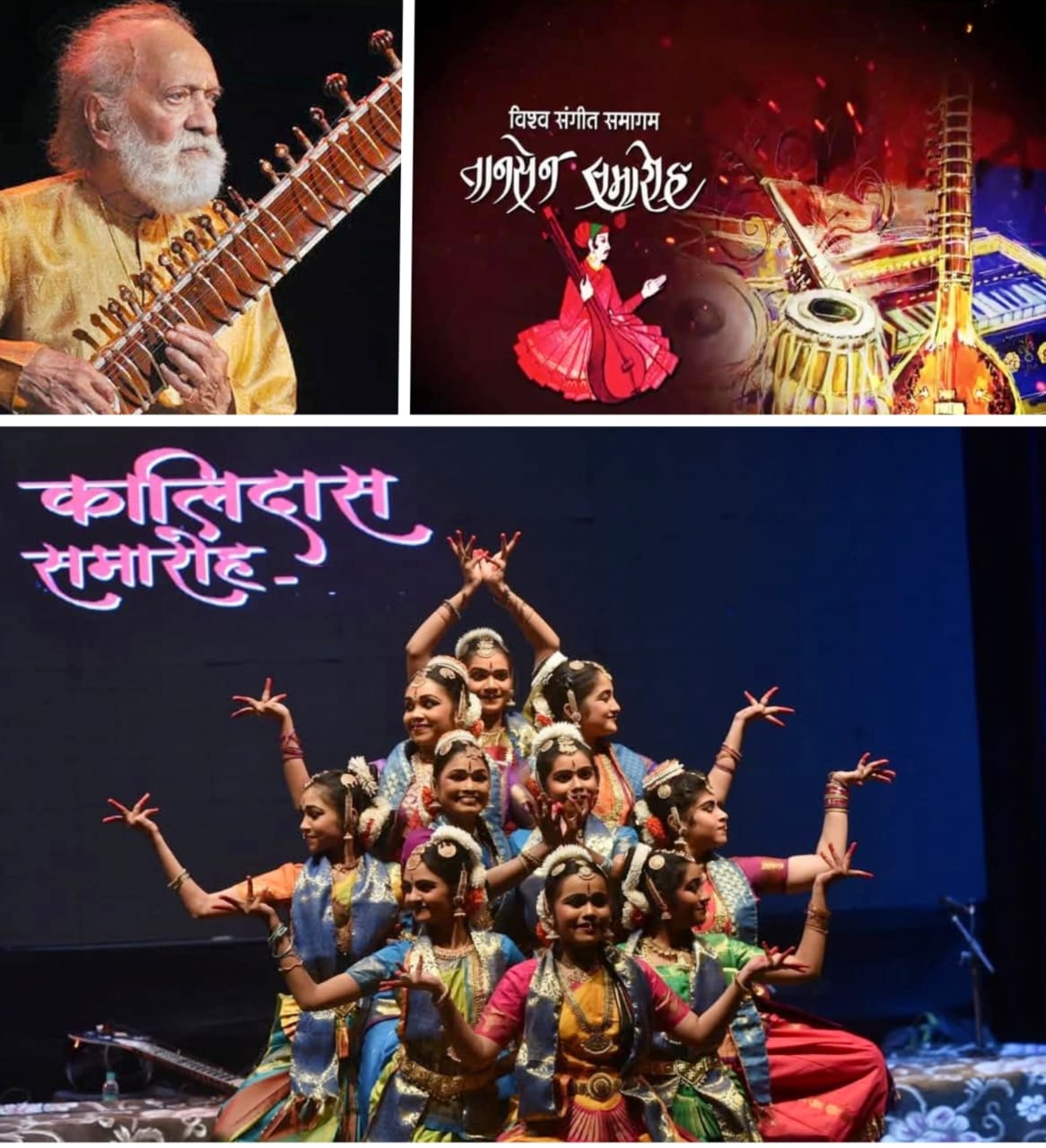
T“Mere to Giridhar Gopal, Dooja Na Koi” — such bhajans, when accompanied by temple bells and the resonant sounds of aarti, transport listeners into a divine trance. Devotional songs based on tales from the Ramayana and the playful Raas Leela of Krishna stir deep spiritual emotions. Patriotic compositions like Ae Mere Watan Ke Logon awaken a sense of pride and gratitude, while vibrant Holi songs like Rang Barse immerse the listener in festive ecstasy.
Wedding celebrations erupt with beats like Aaj Mere Yaar Ki Shaadi Hai, while romantic songs such as Yun Hi Tum Mujh Se Baat Karti Ho awaken feelings of love. Melancholic melodies like Sandese Aate Hain touch the very core of separation, while flirtatious tracks like Hum Tum Ek Kamre Mein Band Ho become the heartbeat of youthful romance. Qawwalis like Hai Agar Dushman Zamana provide a distinct musical delight, and classics like Ae Meri Zohra Jabeen rejuvenate the youthful spirit of elders. Regional songs such as Mharo Ghoomar Che Nakhrali bring alive the rich cultural traditions of India.
The diversity of themes — joy, devotion, love, longing, celebration, patriotism, and the beauty of nature — make Indian songs an integral part of our rich heritage. Music, deeply embedded in our soul, is a simple yet powerful medium of expression. It has a magical ability to resonate with the heartstrings of every listener. Be it any occasion, music and dance breathe life into it. For the youth especially, music is a heartbeat. From children to elders, the love for music is universal.
Science now validates what our traditions have long upheld — music influences our health positively. When we sing or listen to melodies, we escape into a world of sound, leaving behind stress, loneliness, and anxiety. No medicine can match the therapeutic effect of music. Research shows that children exposed to music demonstrate better intellectual growth.
Music has been an essential part of Indian culture since Vedic times. Ancient texts even document the therapeutic use of music. The sacred sound Om stands as the highest example. Practices like Bhramari Yoga, where humming resembles a bee’s sound, are music-based. Vedic literature mentions instruments like Veena, Vana, Karkari, Dudumbhi, Gargar, Adhat, Bakur, Nadi, Tundav, and Shankh. Music, singing, and dance were integral to festivals, prayers, and even warfare. In Lord Indra’s celestial court, singers, musicians, and dancers (Gandharvas, Kinnaras, and Apsaras) performed regularly.
Indian music later evolved into three broad forms: classical, semi-classical, and light music. The classical stream bifurcated into Hindustani and Carnatic styles. Semi-classical genres include Thumri, Kajri, Tappa, and Dadra, while light music comprises bhajans, film songs, ghazals, pop, and folk music. Based on the seven notes — Sa, Re, Ga, Ma, Pa, Dha, Ni — Indian music leaves a profound impact on the human psyche.
This legacy has been nurtured by legendary music composers like Naushad, Shankar-Jaikishan, C. Ramchandra, Ravi, Khayyam, A.R. Rahman, Roshan, and Anil Biswas. Singers such as Lata Mangeshkar, Asha Bhosale, Mukesh, Mohammed Rafi, Mahendra Kapoor, Manna Dey, and Kishore Kumar ruled the golden era of Indian music, a magic that still endures. In the 90s, voices like Alka Yagnik, Kumar Sanu, Sonu Nigam, and Kavita Krishnamurthy kept the legacy alive. More recently, artists like Arijit Singh, Atif Aslam, Armaan Malik, and Shreya Ghoshal have captured the hearts of millions.
Equally important are the contributions of classical maestros like Pandit Bhimsen Joshi, Pandit Ravi Shankar, D.K. Pattammal, Tanjore Brinda, and Pawan Singh, whose tireless efforts safeguarded and glorified Indian classical music.
It is a matter of pride that, along with International Yoga Day, the world also celebrates World Music Day annually on 21st June — a practice initiated in France in 1982. Through global musical festivals, efforts are made to encourage performers and preserve the art of music. India celebrates this spirit through events like the International Geeta Mahotsav (Kurukshetra), Khajuraho Festival, Konark Festival, and dozens of music festivals across Rajasthan and other states.
Truly, Indian music knows no boundaries — it flows beyond borders, uniting hearts across the world.
—